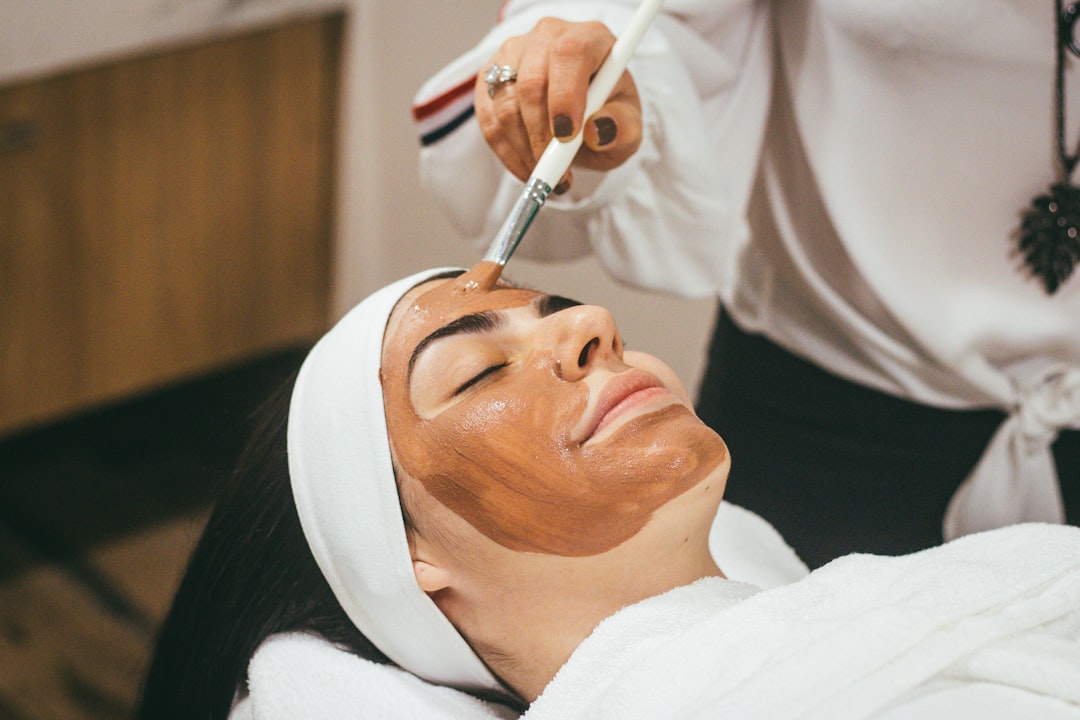When it comes to skin rejuvenation and addressing various skin concerns, you may have encountered two popular options: Intense Pulsed Light (IPL) and laser treatments. Both methods utilize light energy to target specific skin issues, but they operate on different principles. IPL employs a broad spectrum of light wavelengths, which allows it to treat multiple skin conditions simultaneously.
This versatility makes it an appealing choice for individuals seeking a comprehensive solution for issues like pigmentation, redness, and even hair removal. On the other hand, laser treatments use focused beams of light that penetrate deeper into the skin. This precision allows lasers to target specific layers of skin with greater accuracy, making them particularly effective for conditions such as deep wrinkles, scars, and vascular lesions.
Understanding these fundamental differences is crucial as you consider which treatment might be best suited for your needs. Both IPL and laser treatments have their unique advantages, and knowing how they work can help you make an informed decision.
Key Takeaways
- IPL and laser treatments use light energy to target various skin concerns
- They are effective for treating sun damage, pigmentation, acne, and hair removal
- Safety concerns include potential for burns, scarring, and changes in skin pigmentation
- Laser treatments tend to be more expensive than IPL, but may require fewer sessions
- Downtime and recovery vary depending on the intensity of the treatment
Effectiveness for Different Skin Concerns
When evaluating the effectiveness of IPL and laser treatments, it’s essential to consider the specific skin concerns you wish to address. If you struggle with issues like sun damage, age spots, or uneven skin tone, IPL may be your best bet. Its ability to target multiple skin concerns at once means you can achieve a more uniform complexion in fewer sessions.
Many individuals report significant improvements in their skin texture and tone after undergoing IPL treatments, making it a popular choice for those looking to refresh their appearance. Conversely, if your primary concern is deeper skin issues such as acne scars or pronounced wrinkles, laser treatments might be more effective. The precision of lasers allows them to penetrate deeper layers of the skin, promoting collagen production and leading to more substantial long-term results.
You may find that laser treatments can provide a more dramatic transformation for specific concerns, especially when dealing with stubborn scars or deep lines that IPL may not fully address.
Safety and Side Effects
Safety is a paramount concern when considering any cosmetic treatment, and both IPL and laser therapies come with their own set of potential side effects. Generally speaking, both treatments are considered safe when performed by qualified professionals. However, you should be aware of the possible side effects associated with each method.
For instance, IPL treatments can lead to temporary redness, swelling, or mild discomfort in the treated area. These effects typically subside within a few hours to a couple of days. Laser treatments may also result in side effects such as redness and swelling, but they can sometimes lead to more significant reactions like blistering or changes in pigmentation.
It’s crucial to discuss your medical history and any skin sensitivities with your practitioner before undergoing either treatment. By doing so, you can ensure that you are a suitable candidate and minimize the risk of adverse effects.
Cost Comparison
| Cost Category | Option 1 | Option 2 |
|---|---|---|
| Initial Investment | 5,000 | 7,000 |
| Monthly Maintenance | 100 | 150 |
| Annual Operating Cost | 1,200 | 1,500 |
Cost is often a significant factor when deciding between IPL and laser treatments. Generally speaking, IPL treatments tend to be more affordable than laser therapies. The price can vary based on factors such as the provider’s expertise, geographic location, and the specific technology used.
On average, you might expect to pay anywhere from $300 to $600 per session for IPL treatments. In contrast, laser treatments can be more expensive due to the advanced technology involved and the expertise required to operate the equipment safely. Prices for laser sessions can range from $500 to over $1,500 per treatment, depending on the type of laser used and the complexity of the procedure.
While the initial investment for laser treatments may be higher, many individuals find that the long-term results justify the cost.
Number of Sessions Required
The number of sessions required for optimal results can vary significantly between IPL and laser treatments. For IPL, most individuals typically need a series of three to six sessions spaced several weeks apart to achieve their desired results. This treatment plan allows your skin to gradually improve while minimizing downtime and discomfort.
In contrast, laser treatments often require fewer sessions but may involve more intensive procedures. Depending on your specific skin concerns and the type of laser used, you might need anywhere from one to five sessions for optimal results.
Downtime and Recovery
Minimizing Downtime with IPL Treatments
One of the appealing aspects of IPL treatments is their relatively low downtime compared to more invasive procedures. After an IPL session, you may experience some redness or mild swelling, but these effects usually resolve quickly, allowing you to return to your daily activities almost immediately.
Varying Downtime for Laser Treatments
Laser treatments can involve slightly more downtime depending on the intensity of the procedure. While some lasers allow for minimal recovery time, others may require several days for your skin to heal fully. You may experience redness, swelling, or peeling in the treated area during this recovery period.
Planning for Recovery
Understanding the expected downtime for each treatment will help you plan accordingly and ensure that you can manage any necessary recovery time effectively.
Long-Term Results
When considering any cosmetic treatment, it’s essential to think about long-term results. Both IPL and laser treatments can provide significant improvements in your skin’s appearance; however, their longevity can differ based on various factors such as skin type, age, and lifestyle choices. Many individuals find that IPL results can last for several months to a year with proper skincare maintenance and sun protection.
Laser treatments often yield longer-lasting results due to their ability to stimulate collagen production deeply within the skin. Depending on your specific concerns and how well you care for your skin post-treatment, you may enjoy lasting improvements for years after completing your sessions. Regular maintenance treatments can further enhance these results and keep your skin looking youthful and vibrant.
Choosing the Right Treatment for You
Ultimately, choosing between IPL and laser treatments comes down to your individual needs and goals. Consider what specific skin concerns you want to address and how much downtime you are willing to accommodate. If you’re looking for a versatile treatment that can tackle multiple issues at once with minimal recovery time, IPL may be the right choice for you.
However, if you have deeper skin concerns or are seeking more dramatic results, laser treatments could be more suitable. Consulting with a qualified practitioner is crucial in this decision-making process; they can assess your skin type and condition while providing personalized recommendations based on their expertise. By taking the time to understand your options thoroughly, you can make an informed choice that aligns with your aesthetic goals and lifestyle preferences.
If you are considering the difference between IPL and laser treatments for your face, you may want to check out the blog section of In Laser Hair Removal website. They have informative articles that can help you understand the benefits and drawbacks of each treatment option. Additionally, you can visit their sample page at https://www.inlaserhairremoval.com/sample-page/ for more information on their services.
FAQs
What is the difference between IPL and laser for the face?
IPL (Intense Pulsed Light) and laser treatments both use light energy to target specific skin concerns, but they work in slightly different ways.
How do IPL and laser treatments differ in terms of technology?
IPL uses a broad spectrum of light wavelengths to target various skin concerns, while laser treatments use a single, specific wavelength of light to target a particular skin concern.
What skin concerns can IPL and laser treatments address?
Both IPL and laser treatments can address issues such as sun damage, age spots, freckles, and uneven skin tone. Laser treatments are also effective for hair removal and treating specific skin conditions like acne scars and wrinkles.
What are the differences in the treatment process for IPL and laser treatments?
IPL treatments typically cover a larger area of the skin and are less focused, while laser treatments are more precise and target specific areas of concern.
Are there any differences in the side effects and downtime between IPL and laser treatments?
IPL treatments may have a shorter downtime and fewer side effects compared to laser treatments, which can cause redness, swelling, and peeling.
Which treatment is more suitable for my skin concern?
It is best to consult with a dermatologist or skincare professional to determine which treatment is most suitable for your specific skin concern and skin type.







